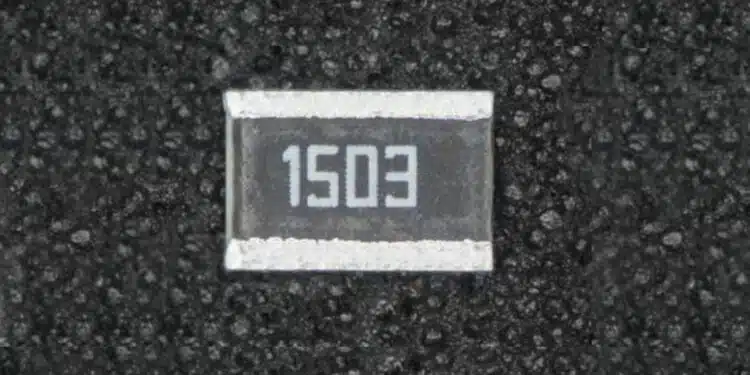Stackpole announced availability of RNWA series automotive grade thin film wide termination chip resistors.
Applications for surface mount SMD chip resistors with high power requirements typically mean higher circuit temperatures due to thermal resistance limitations.
One of the most common and economical options for reducing the effects of power is wide terminations, which typically reduces the hot spot temperature of a given chip size by 30% to 40%. However, for precision tolerance and TCR requirements or for high reliability applications, the options for wide termination chip resistors becomes limited.
Stackpole’s new RNWA is a thin film chip resistor with all the benefits of wide terminations and is capable of tolerances to 0.1% and TCR as low as 25 ppm. In addition, the RNWA is automotive grade which provides an additional level of long-term stability and reliability as well as being resistant to sulfur.
Features
- Precision tolerances to ± 0.1%
- TCR down to ± 25 ppm/ºC
- Wide resistance value range
- Anti-sulfur
- RoHS compliant, REACH compliant, lead free, and halogen free
- AEC-Q200 qualified































